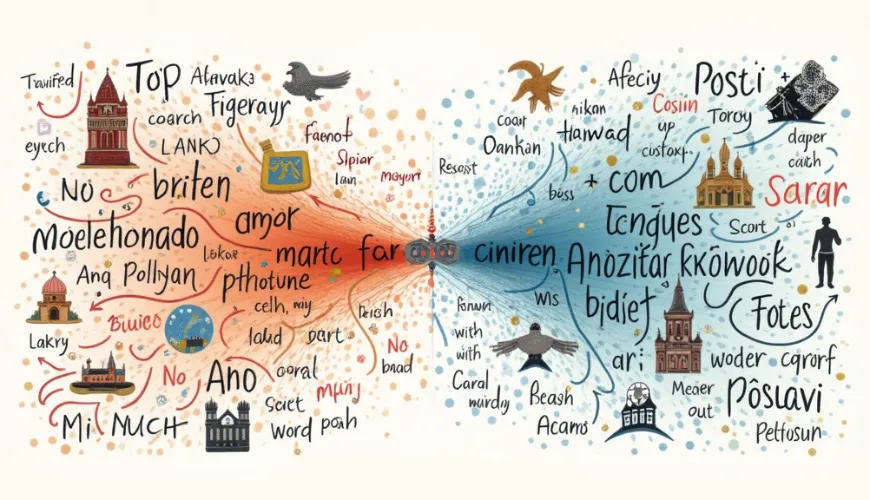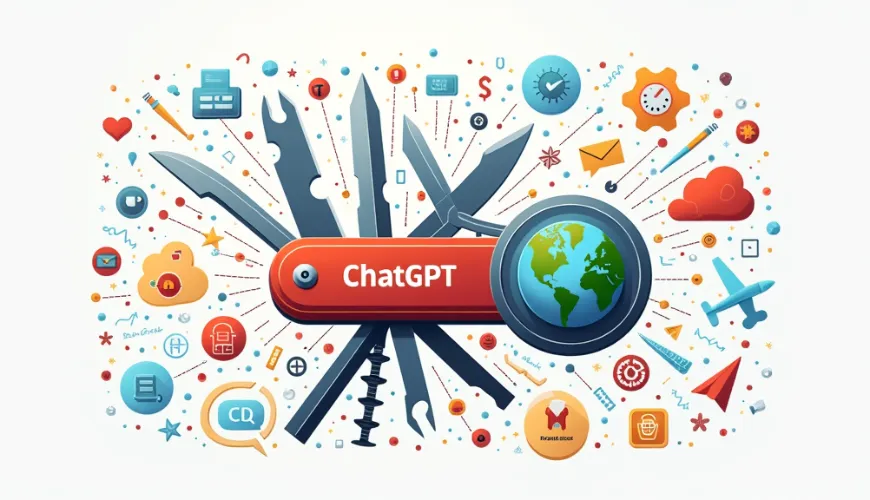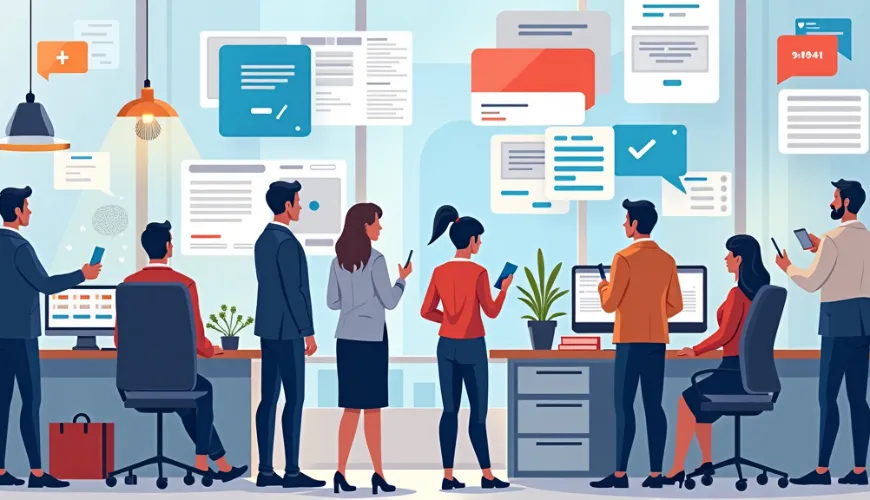TL;DR
Need to go from English to Polish quickly and accurately? This guide covers the best ways to translate text online, with tips on tools, context, and avoiding common mistakes. Whether you're working on travel plans, business emails, or a school project, we've got you covered.
Why English to Polish Translation Matters More Than Ever
With Poland's growing role in global business, education, and tourism, translating from English to Polish has become incredibly valuable. You might be planning a trip to Warsaw, launching a product in Kraków, or just trying to impress your Polish girlfriend's parents with a thoughtful message. Whatever the case, getting the translation right makes all the difference.
The Polish language is rich, expressive, and deeply tied to culture. Direct word-for-word translations can miss the mark and even cause confusion or offense. That's why understanding context, tone, and audience is key when you translate English to Polish online.
Common Challenges in Translating English to Polish
Polish is a Slavic language with grammar rules that are dramatically different from English. If you're not careful, you can end up with translations that sound robotic—or worse, completely wrong.
Here's what typically trips people up:
1. Complex Grammar
Polish nouns have seven cases and change form depending on their role in the sentence. English doesn't do this, which means literal translations often fail to convey the correct meaning.
2. Gendered Language
In Polish, nouns and adjectives change based on gender—masculine, feminine, or neuter. Even verbs can look different depending on who's speaking or being addressed.
3. Formality
Polish has distinct formal and informal forms. Saying "you” to your friend is different than saying "you” to your boss. Using the wrong form can come off as rude or awkward.
4. Idioms and Sayings
Just like English has phrases like "break a leg” or "spill the beans,” Polish is full of expressions that don't translate literally. A good translator needs to know when to substitute an equivalent phrase that actually makes sense in Polish.
Best Ways to Translate English to Polish
Thankfully, there are now many ways to translate English to Polish online—and most are fast, budget-friendly, and accurate thanks to recent leaps in AI and machine learning. But not all services are created equal. Let's look at your options:
Use AI-Powered Translation Tools
Modern AI platforms like Claila offer access to powerful language models, including ChatGPT, Claude, Gemini, Mistral, and Grok. These models don't just swap words—they understand context, tone, and intent.
For example, if you type "I'm feeling blue” into a basic translator, it might return a phrase about the color blue. But an advanced model on Claila will recognize the idiom and find the appropriate Polish expression for feeling sad.
Built-In Review Features
The best English to Polish translator tools let you refine your text—and Claila now supports 35 languages, so you can move between Polish and dozens of other tongues in one workspace. On Claila, you can ask the AI to check for tone, suggest more natural phrasing, or adapt your message for specific audiences like kids, seniors, or professionals.
Translate Whole Documents
Need more than a sentence or two? With Claila Pro (currently USD 9.90/month, billed monthly), you can paste very large blocks of text—tens of thousands of characters at once—directly into the editor, then refine the output with the AI's tone‑checking tools. When you must preserve complex layouts (tables, brochures, etc.), first process the file with a dedicated CAT tool (e.g., DeepL Write) and import the cleaned text into Claila for polishing.
That workflow shines when you are localising business contracts, university applications, detailed product manuals, or even personal letters, because the formatting stays intact while the wording is polished for tone.
Get Human-Like Feedback
AI translators have come a long way, but sometimes you want a second set of eyes. On Claila, you can interact with AI in a conversational way—ask if your sentence sounds polite, funny, or too formal. It's like having a bilingual friend on call 24/7.
When (and Why) to Use Human Translators
Even the best English to Polish translator tools can't match a human's cultural sensitivity in every situation. If you're dealing with legal documents, marketing campaigns, or anything highly nuanced, hiring a professional is the safer bet.
Still, AI can reduce the workload by giving you a solid first draft. Then, a human translator can polish it up without starting from scratch.
Real-Life Scenarios You Might Face
Let's take a look at where you might need an English to Polish translation—and how to do it right.
Travel and Tourism
Planning a road trip through the Tatra Mountains? It helps to translate hotel confirmation emails, restaurant menus, or basic phrases like "Where's the bathroom?” If you're using Claila, you can not only translate but also ask for pronunciation help or get cultural tips.
Business Communications
Sending a proposal to a Polish company? You don't want to sound like Google Translate wrote your email. Use a tool that masters tone and formality—a casual "hey there” could torpedo negotiations. For step‑by‑step prompt ideas, skim our guide on Undetectable AI and mirror its human‑sounding template in Polish.
Academic Work
Students applying to Polish universities or participating in exchange programs often need to translate transcripts, recommendation letters, or personal statements. Grammar and formality are critical here—this isn't the time for slang or casual phrasing.
Everyday Messaging
Whether it's WhatsApp banter with a new friend or a text to your Polish in‑laws, authenticity matters. Try a few tone presets in Claila, then run the result through its AI Sentence Rewriter to nudge formality up or down until it feels spot‑on.
Why Quality Matters in English to Polish Translation
Even a short english to polish translation can misfire if diacritics, case endings, or formality levels are wrong—so taking an extra minute to verify names, dates, and numbers pays off in smoother client approvals and fewer revision loops.
Tips for Better Translations Every Time
First, keep English sentences tight and declarative; sprawling clauses invite errors once Polish case‑endings kick in. Double‑check gender and plural agreements—Polish marks both far more heavily than English—while steering clear of niche slang that may not exist one‑for‑one across languages.
Just before you click Translate, run a quick proofread to kill typos or half‑finished thoughts; upstream noise always degrades downstream accuracy. When jargon is unavoidable, prefer the most widely accepted term and, if in doubt, let the AI Sentence Rewriter smooth the register for you.
Best Tools to Translate English to Polish Online
Among dozens of options, Claila is the only one that lets you pit ChatGPT, Claude, Gemini, and other models against each other in real time—ideal for tone-testing tricky phrases. DeepL delivers near-native phrasing for straight word swaps, while Google Translate and Microsoft Translator remain handy fall-backs on mobile. For an extra polish pass, feed the draft back into Claila and evoke its human‑like chat to refine nuance or inject personality; see the walkthrough in How to Make ChatGPT Sound More Human.
For the most reliable results, pair an initial translation from one of these tools with Claila's AI chat to refine and humanize your final text.
According to a report by Common Sense Advisory, content written in a reader's native language is vastly more likely to convert or earn trust—by as much as 76 % (CSA Research, 2020).
Polish Culture and Language Nuances You Should Know
Politeness carries real weight: opening with Pan or Pani (Mr./Mrs.) signals respect, and professional titles—Doktor or Inżynier—are used far more than in English, especially in business emails and academic settings. Humour, meanwhile, is treacherous terrain; a joke that soars in London may stall in Łódź, so run quips past a native or ask Claila's chat to propose a culturally equivalent turn of phrase.
If you're unsure, just ask Claila's AI how something will come across—it can help you adjust your tone on the fly.
Why Claila is a Game-Changer for Translation
Claila stands out because it lets you line‑up multiple model outputs side‑by‑side, paste whole documents without losing headings, and chat interactively to clarify sense or tweak tone—all while receiving context‑aware suggestions keyed to your target audience.
Whether you're a student, traveler, expat, or business professional, Claila gives you the tools to translate English to Polish online in a way that feels human, not machine-generated. And you can do it all from one place without jumping between apps or tabs.
Key Takeaways
Translating English to Polish isn't just about swapping words—it's about capturing meaning, emotion, and intent. For a macro view of that philosophy, our piece on Humanize Your AI breaks down why style can matter more than literal accuracy. With the right tools like Claila, you can go beyond basic translations to create messages that connect. Whether you're writing an email, planning a trip, or preparing official documents, today's AI can help you sound natural, clear, and culturally aware. And honestly, that's what great communication is all about.



